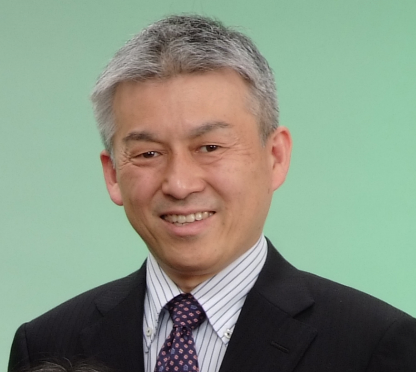

Tuesday June 21, 2022
13:00 PM CEST/ 20:00 PM JST
Cell culture is the most important process in cell manufacturing for regenerative medicine, and it is known that cell characteristics tend to fluctuate during the process (internal disorder), affecting product quality attribute. The main methods used are cell counting and cell observation for cell morphology analysis, but they are limited to monolayer culture. Recently, there is a demand for culture in suspension to amplify a larger number of cells and for culture of three-dimensional tissue-like structure, and a non-invasive method to understand culture property is desired as an alternative to cell observation.
The measurement of culture medium components is a proven non-invasive method used in microbial fermentation. This method has been developed as an on-line measurement technique in combination with sampling techniques. Unlike the culture of microorganisms, plant cells, and many animal cells, human cell culture often requires medium change, not mainly because of depletion of medium components, but because of secretion of toxic components such as lactic acid and ammonia, which inhibit growth. Therefore, from the viewpoint of process control, the analysis using waste culture medium to determine culture trend is a non-invasive and versatile method that can be employed without adding new processes.
Our laboratory has previously demonstrated that fluctuations in medium composition in multilayer cultures of epithelial tissues (epidermal and corneal epithelial tissues) with three-dimensional structures can be used to understand the state of the epithelial tissues. In addition, this experience is applied to suspension cultures of iPS cell aggregates for the mass production recently. In this presentation, I will introduce our techniques of medium analysis and their applications.

Masahiro Kino-oka, Ph.D.
Professor in Department of Biotechnology& Director in Research Base for Cell Manufacturability,
Graduate School of Engineering, Osaka University